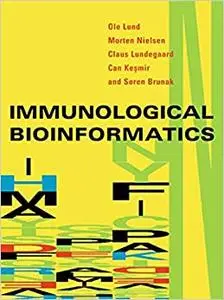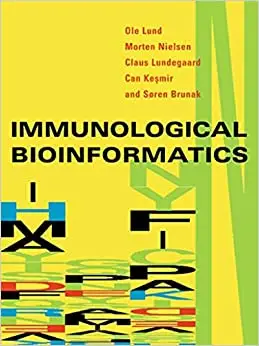Ole Lund, Morten Nielsen, Claus Lundegaard, Can Kesmir, Søren Brunak, "Immunological Bioinformatics"
English | 2005 | ISBN: 0262122804 | 312 pages | PDF | 5.12 MB
English | 2005 | ISBN: 0262122804 | 312 pages | PDF | 5.12 MB
Using bioinformatics methods to generate a systems-level view of the immune system; description of the main biological concepts and the new data-driven algorithms.
Despite the fact that advanced bioinformatics methodologies have not been used as extensively in immunology as in other subdisciplines within biology, research in immunological bioinformatics has already developed models of components of the immune system that can be combined and that may help develop therapies, vaccines, and diagnostic tools for such diseases as AIDS, malaria, and cancer. In a broader perspective, specialized bioinformatics methods in immunology make possible for the first time a systems-level understanding of the immune system. The traditional approaches to immunology are reductionist, avoiding complexity but providing detailed knowledge of a single event, cell, or molecular entity. Today, a variety of experimental bioinformatics techniques connected to the sequencing of the human genome provides a sound scientific basis for a comprehensive description of the complex immunological processes. This book offers a description of bioinformatics techniques as they are applied to immunology, including a succinct account of the main biological concepts for students and researchers with backgrounds in mathematics, statistics, and computer science as well as explanations of the new data-driven algorithms in the context of biological data that will be useful for immunologists, biologists, and biochemists working on vaccine design. In each chapter the authors show interesting biological insights gained from the bioinformatics approach. The book concludes by explaining how all the methods presented in the book can be integrated to identify immunogenic regions in microorganisms and host genomes.



